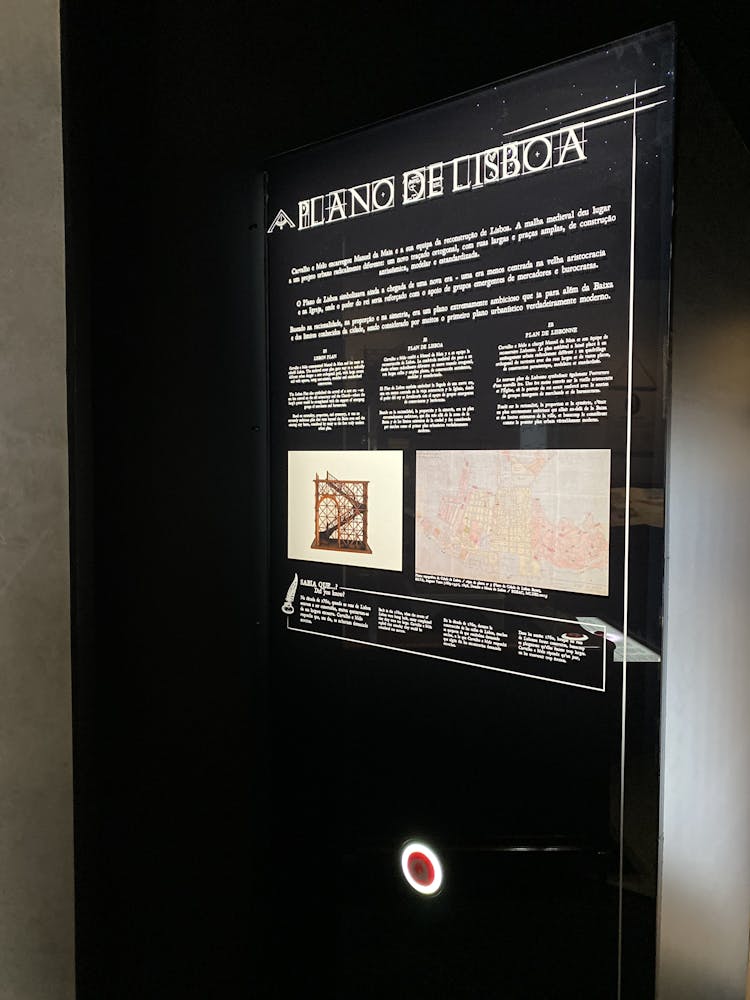Share
If we want to prevent avoidable damage and injuries during an earthquake, we need to be prepared. To do so, it is essential to draw up an emergency plan, with the help of family and friends:
- Designate a meeting point outside your home and build a two- to three-day emergency survival kit.
- Prepare your house by avoiding clutter and securing shelves to the walls.
- Decide together what spots are safest in your home: in the corners of load-bearing walls and under sturdy tables or desks.
- Make sure everyone knows what areas to avoid and how to turn off the utilities.
- Most importantly, when an earthquake hits, don’t panic. Find shelter as fast as you can and wait until the shaking stops.
Did you know?
- During an earthquake remember to DROP, COVER, and HOLD ON. DROP lower, close to the floor, so that you lower your center of mass and remain more stable during the shaking. Find COVER from objects that may fall and cause injuries. HOLD ON to a stable object, so that you are not thrown sideways by the strong shaking.
- During an earthquake, it is safest to stay inside if you are inside and stay outside if you are outside. Avoid stairwells!
- If you are driving, stop the car and wait for the shaking to stop.
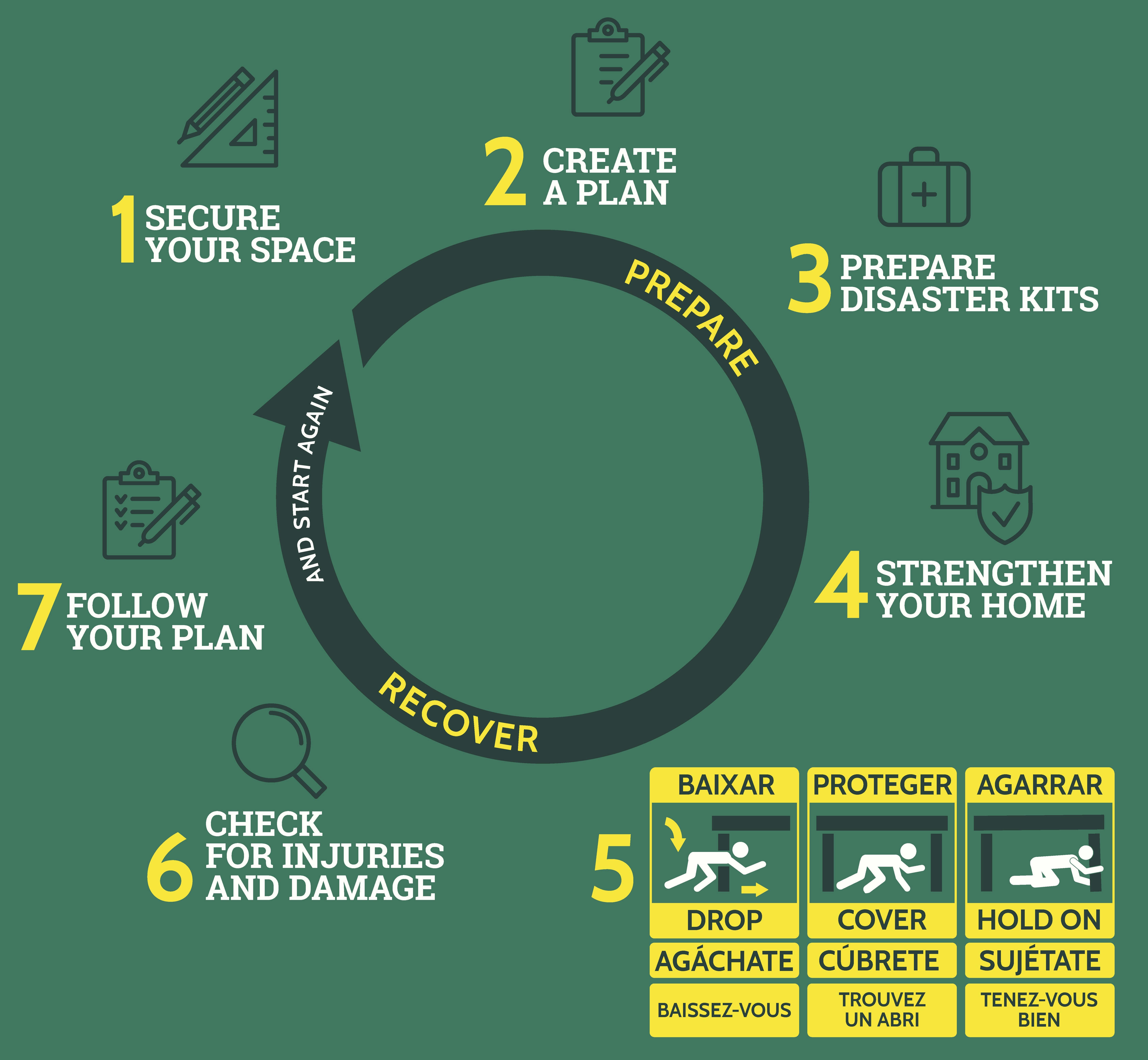
Follow this 3-step cycle to be safe in the event of an earthquake: Prepare, Respond, Recover. Before the earthquake, prepare by securing your space, creating an emergency plan, assembling your disaster kit, and strengthening your home. During the earthquake, respond by dropping, covering, and holding on. After the earthquake, recover by checking for injuries and damage and following your emergency plan. Once you are safe, start all over again and prepare for the next one.
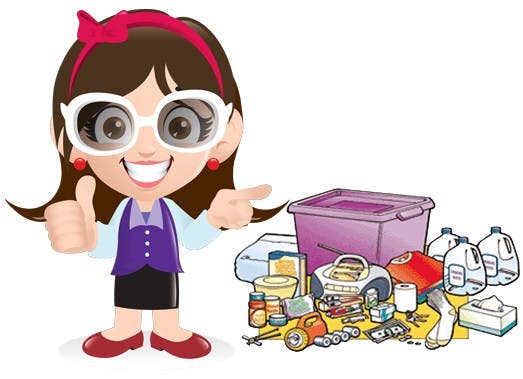
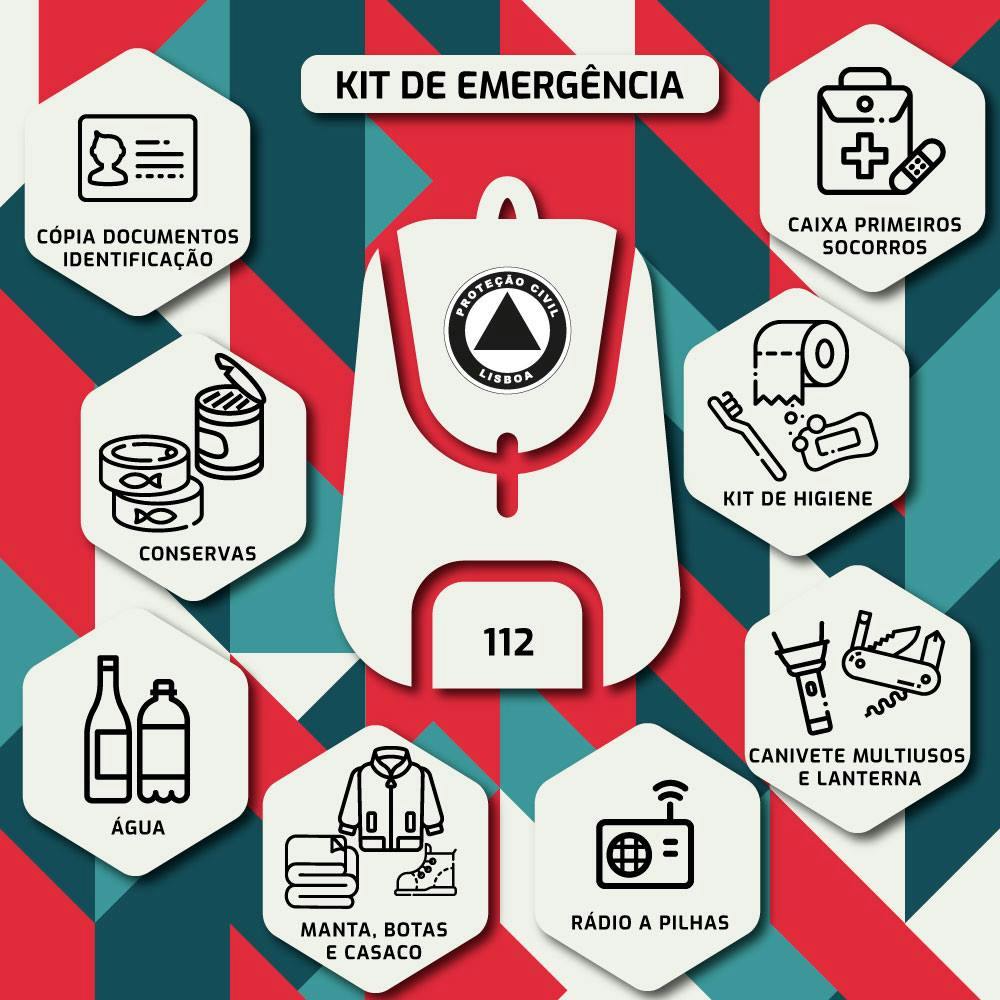
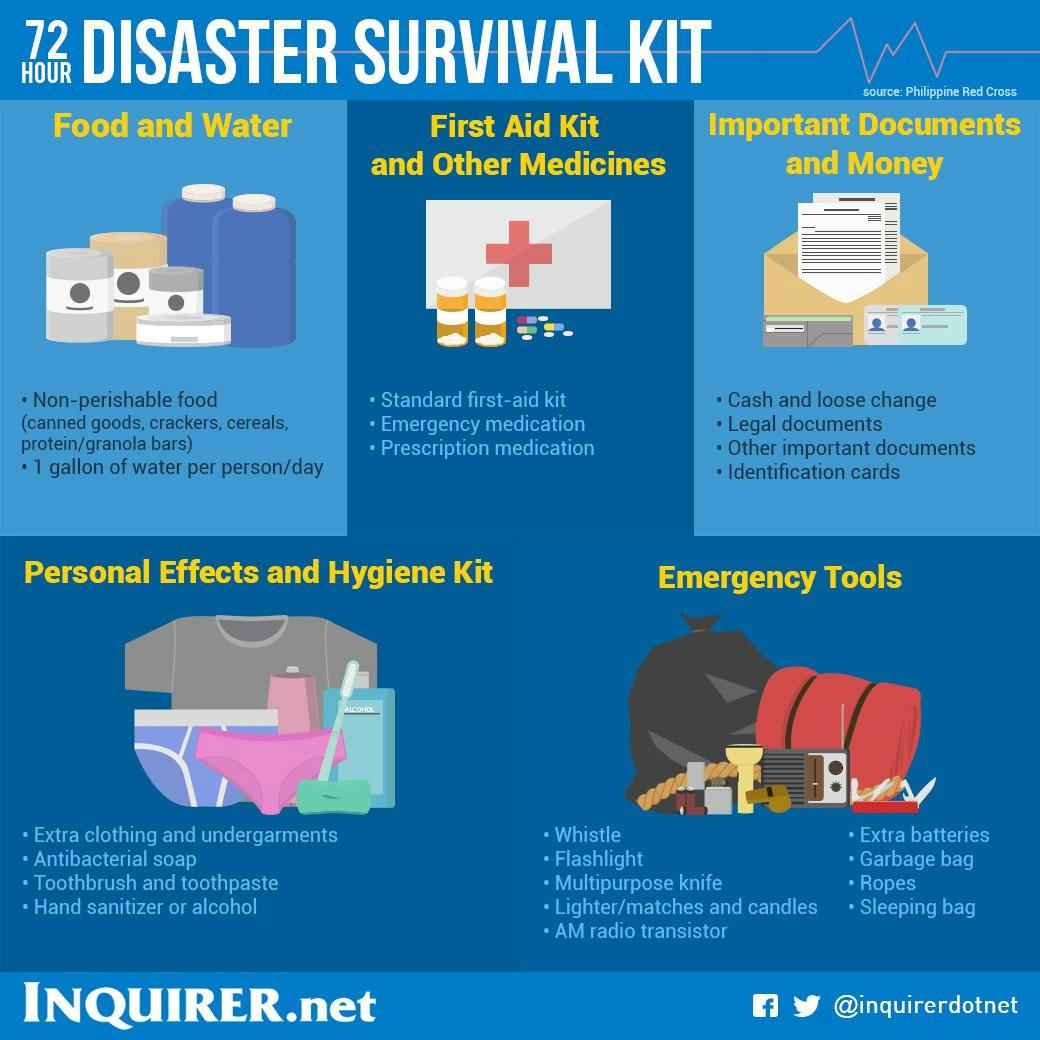
Use only one of these.
After an emergency, you may need to survive on your own for several days. Your survival kit is a collection of basic items that will help you get through these first critical days. The kit holds items suggested by Civil Protection authorities and it may vary from country to country and from region to region. You should be aware of the recommended composition in your area. Basic items can be grouped together: i) food and water; ii) first aid kit and other medicines; iii) important documents and money; iv) personal items and hygiene kit; v) emergency tools. And do not forget your pets.
Continue Exploring
Bibliography
Show other RFID points
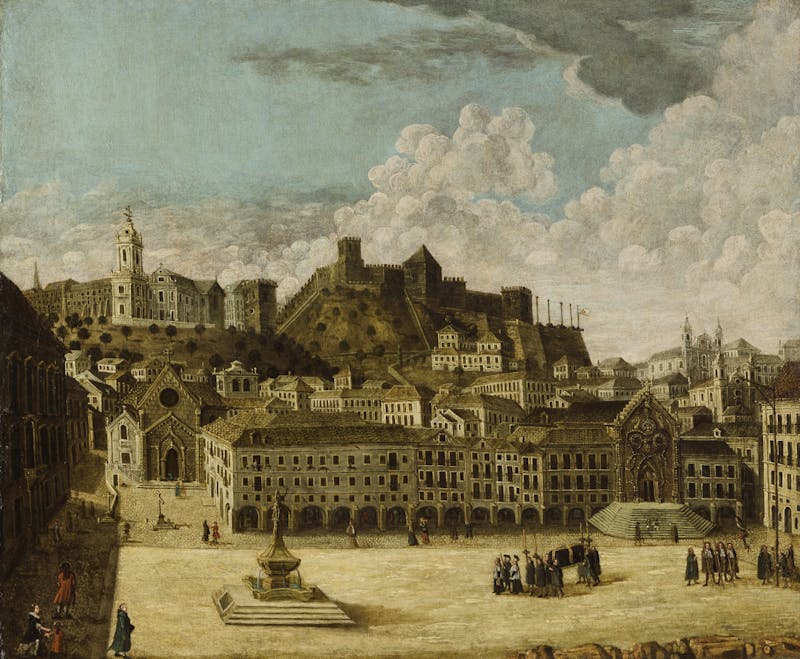
Lisbon 1755 - A city of contrasts
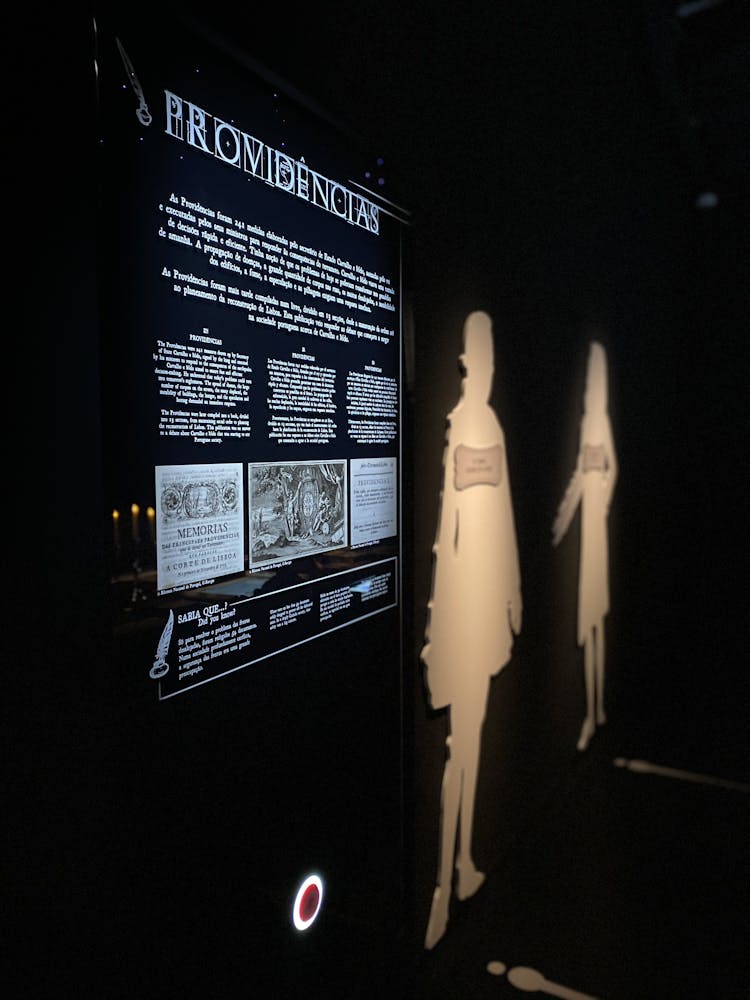
Providências

The German merchant
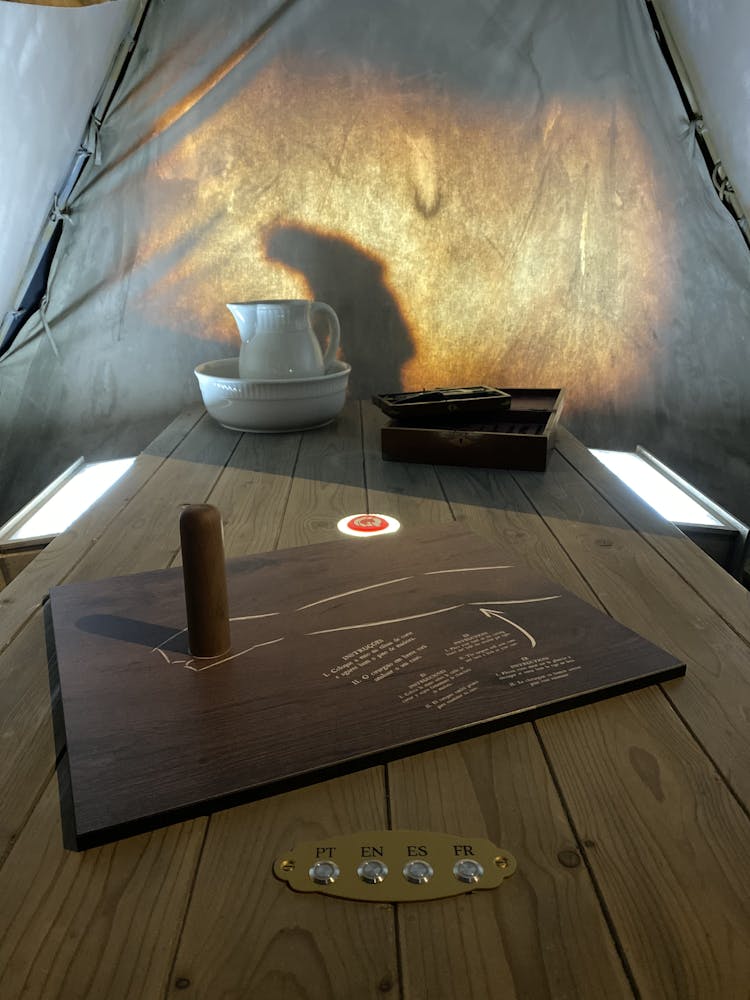
Surgeon Bleeding Barber
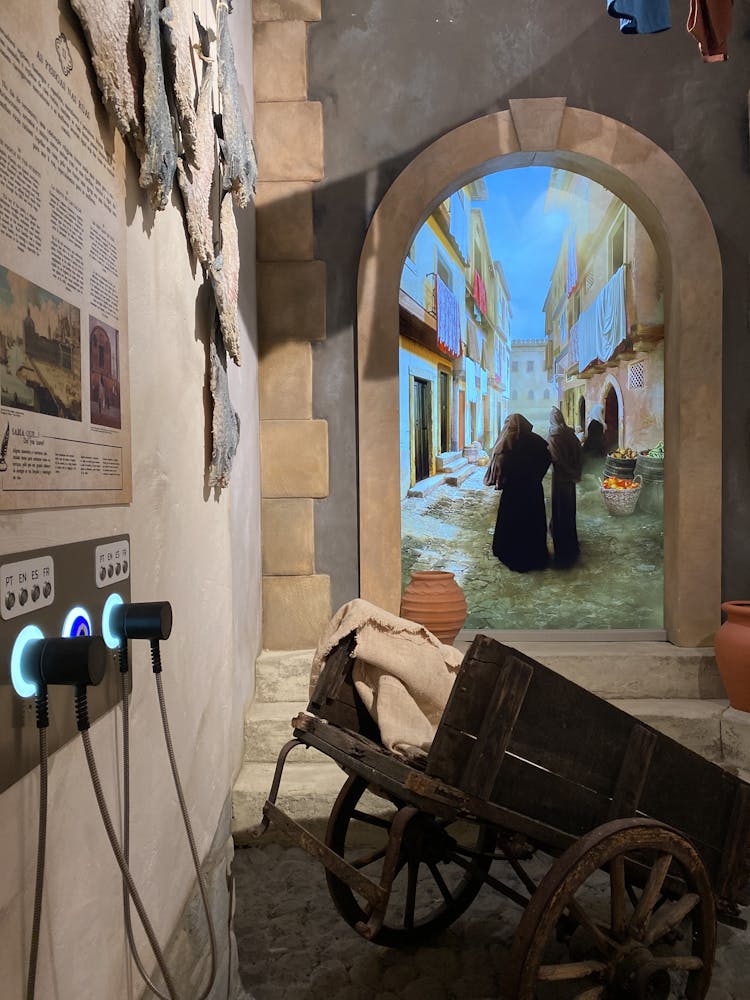
The people in the streets
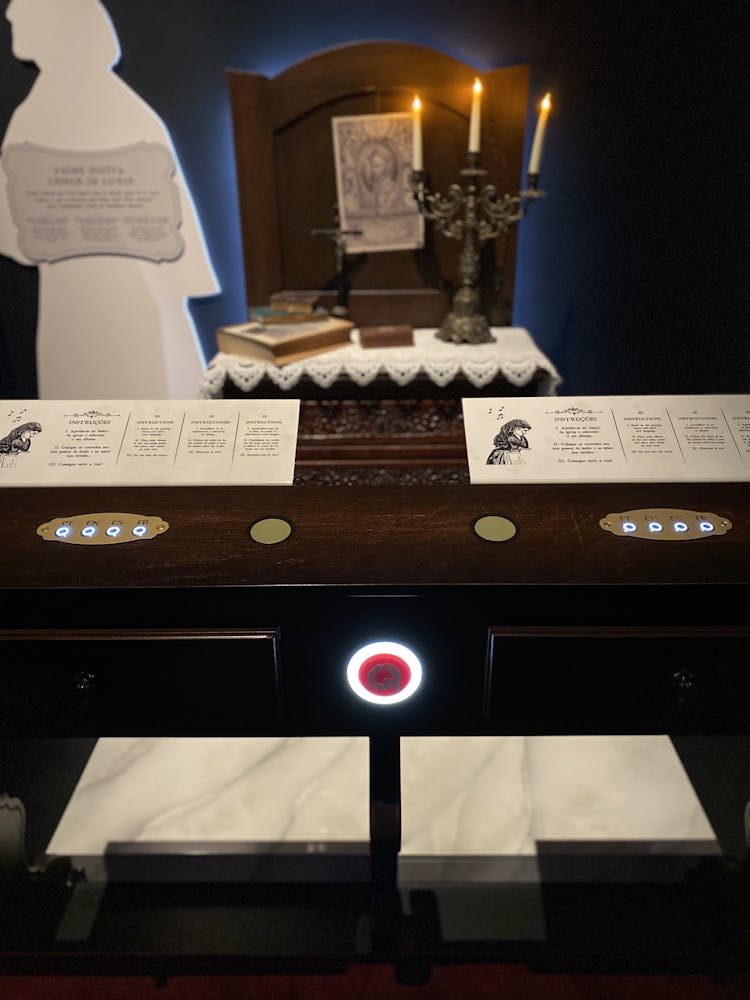
Jesuit book censor Priest
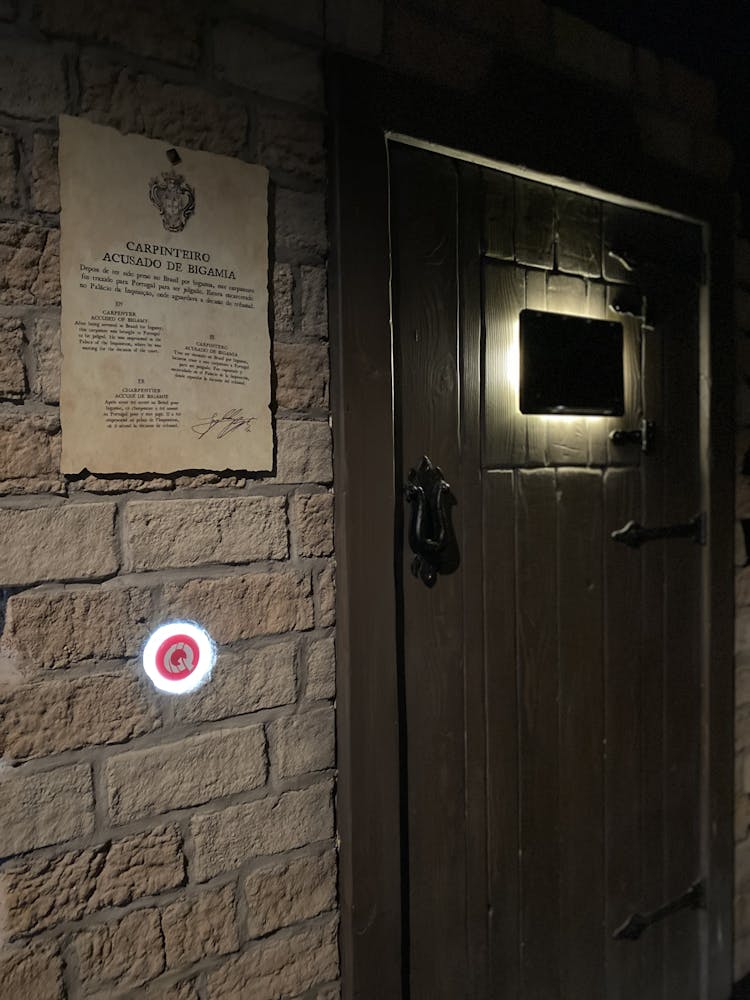
Carpenter accused of bigamy
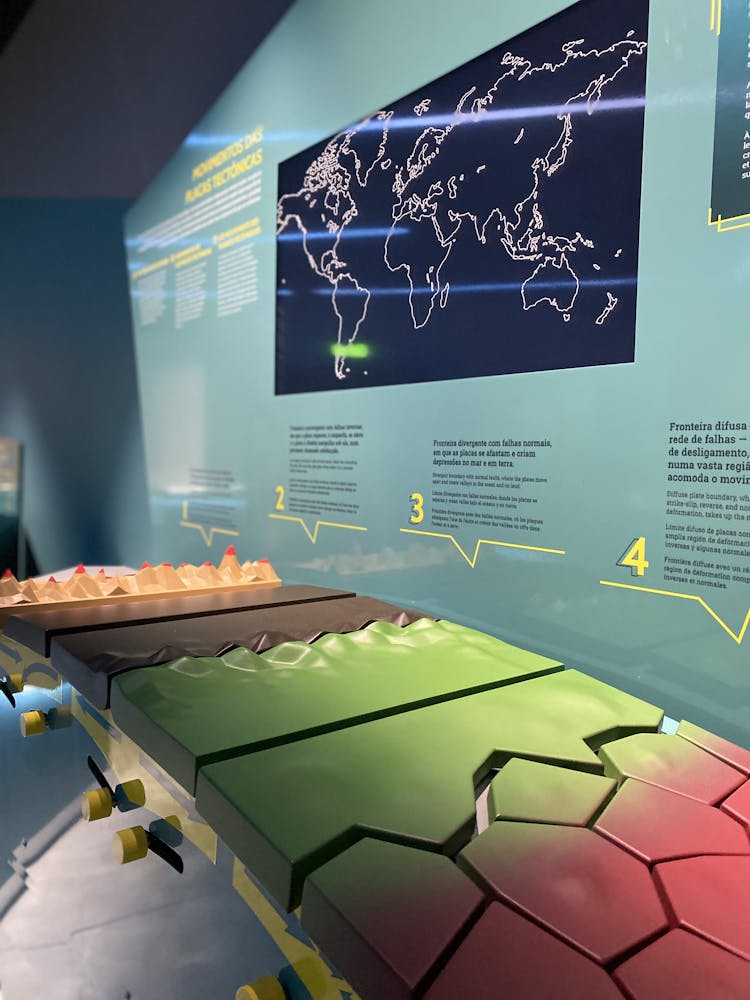
Tectonic Plates and Moving Plates
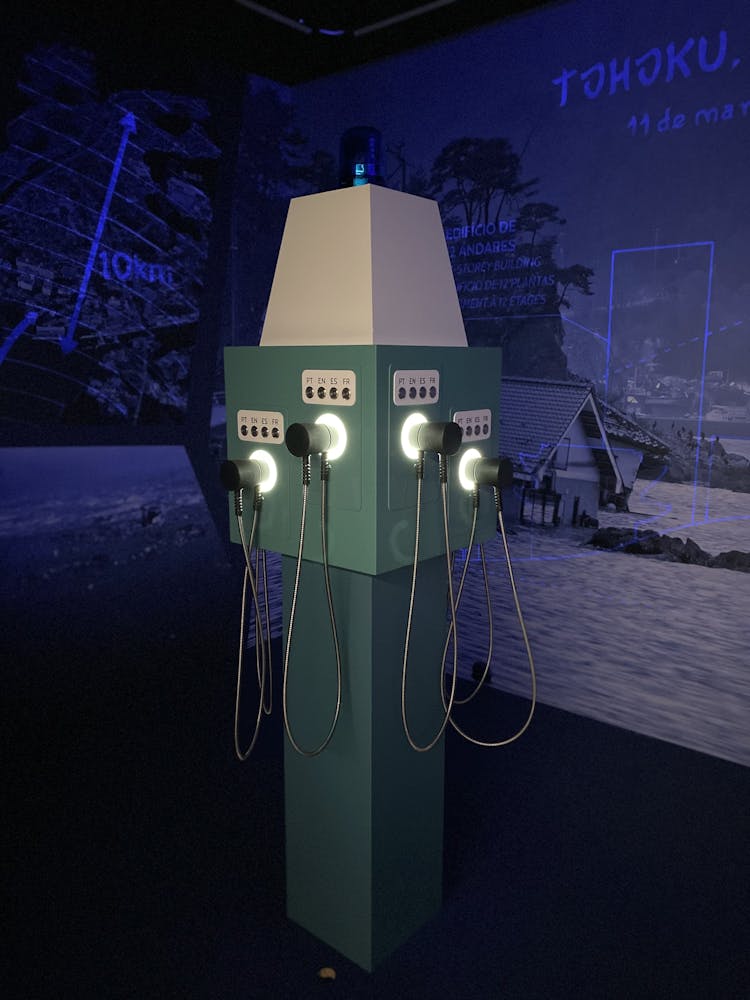
San Francisco and Tohoku

P&S Waves
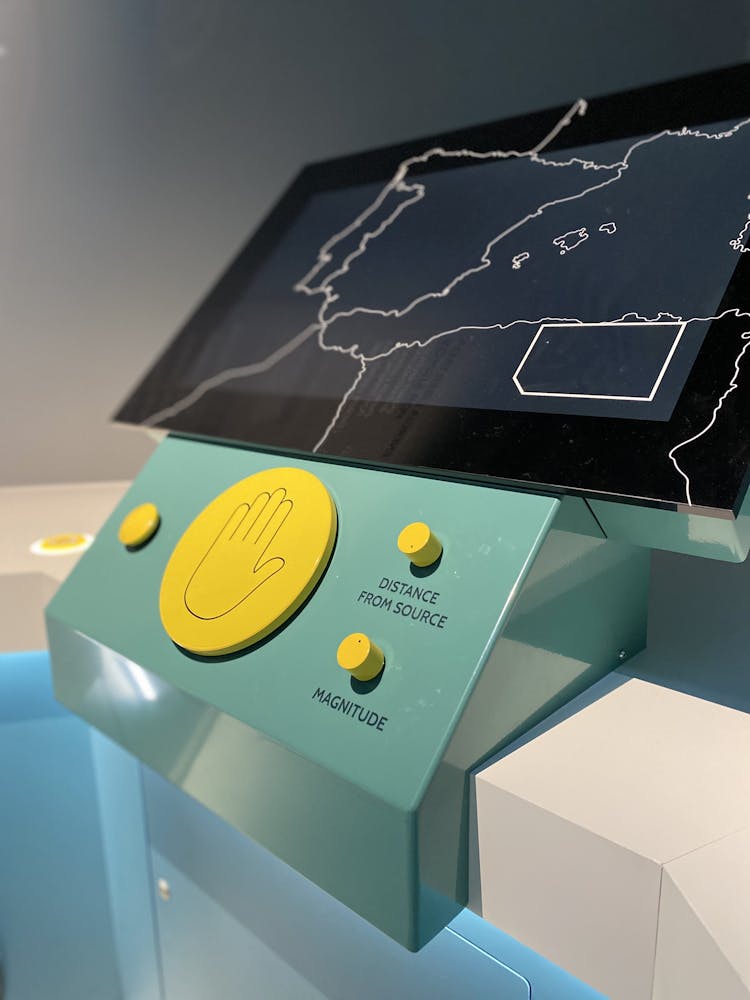
The Size of an Earthquake
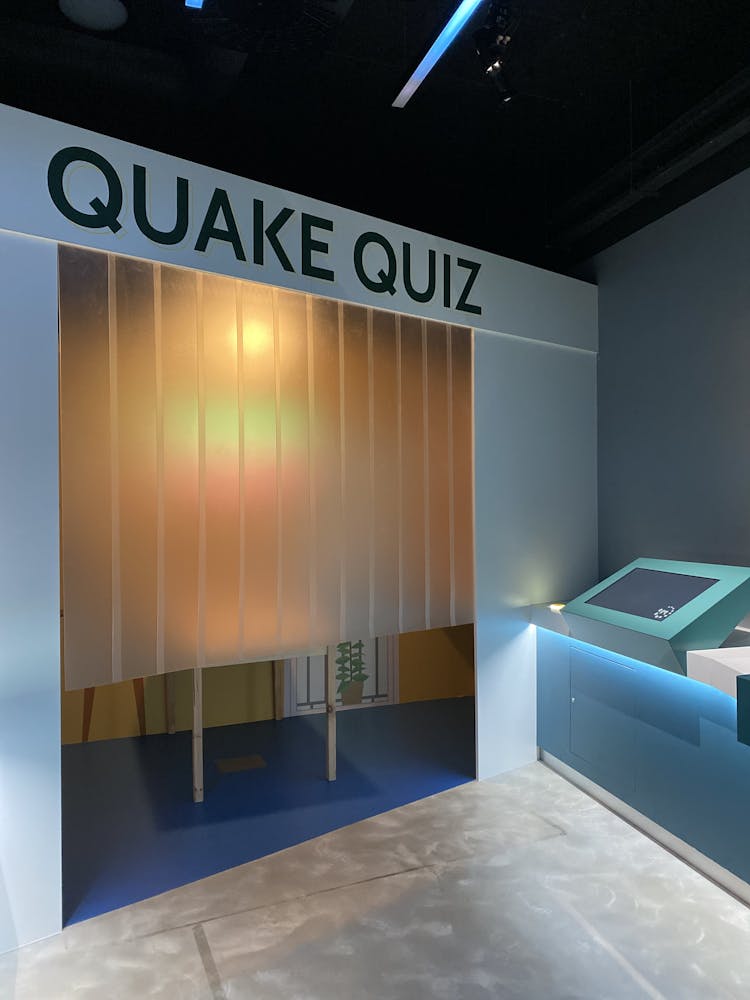
Are we prepared for the next one?

Anti Seismic Constructions
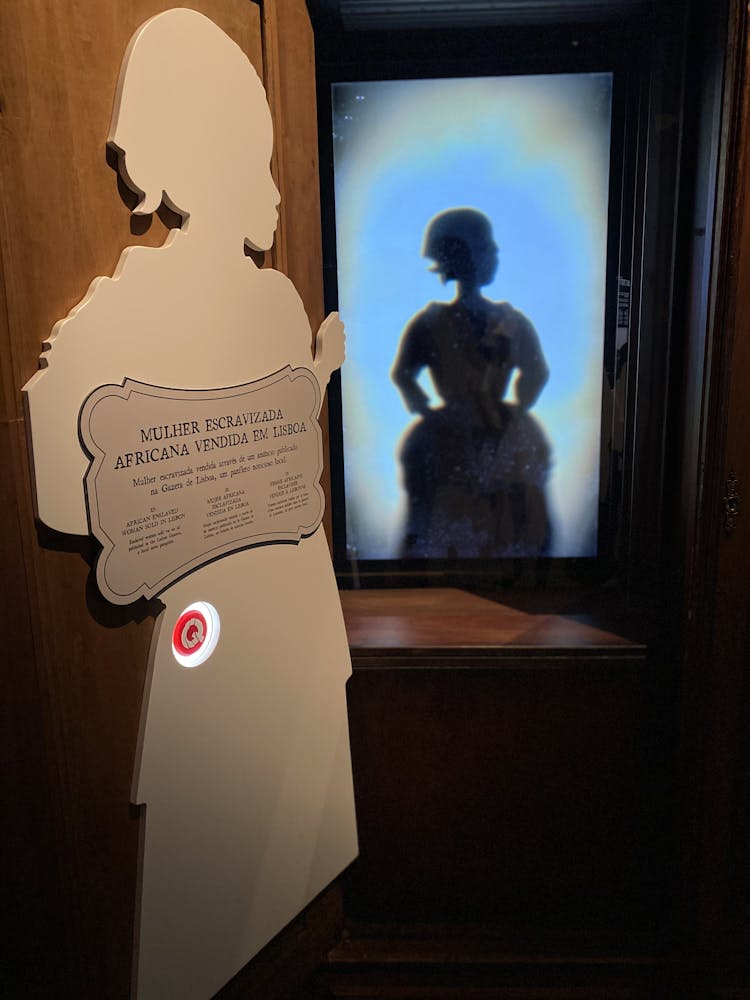
African enslaved woman bought in Lisbon
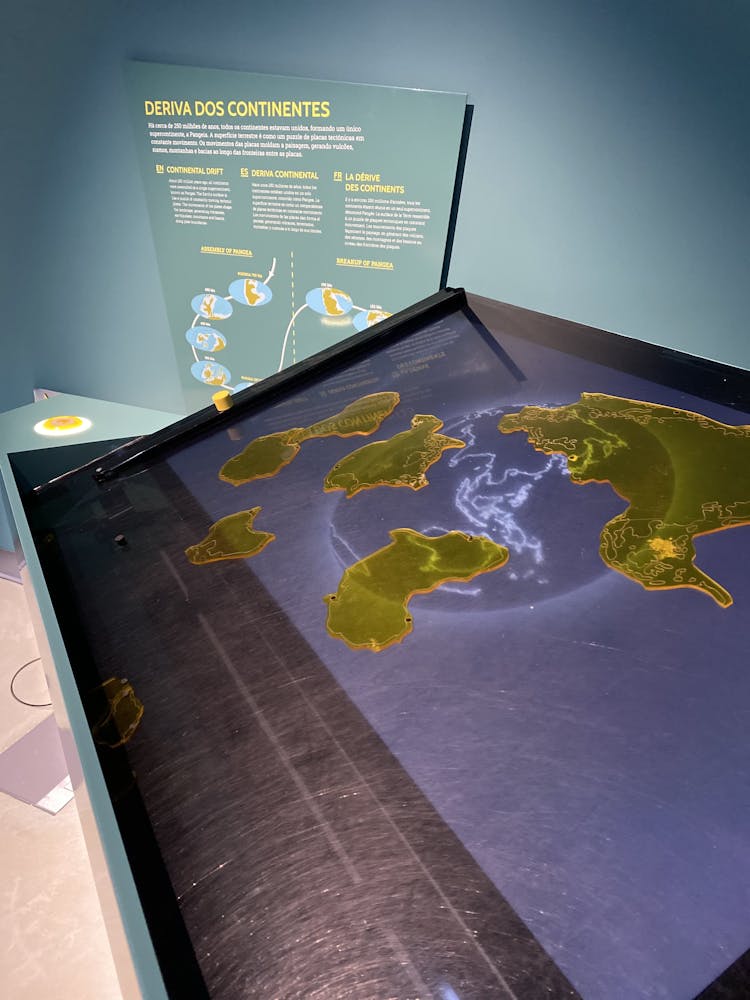
Continental Drift
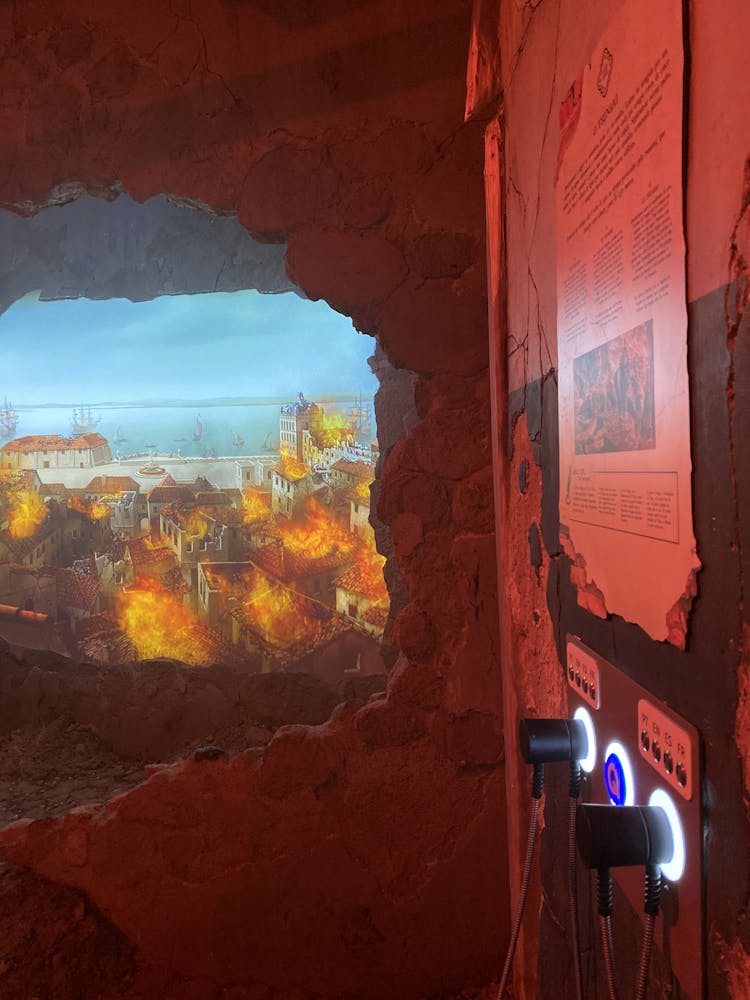
The Tsunami

Seismometer
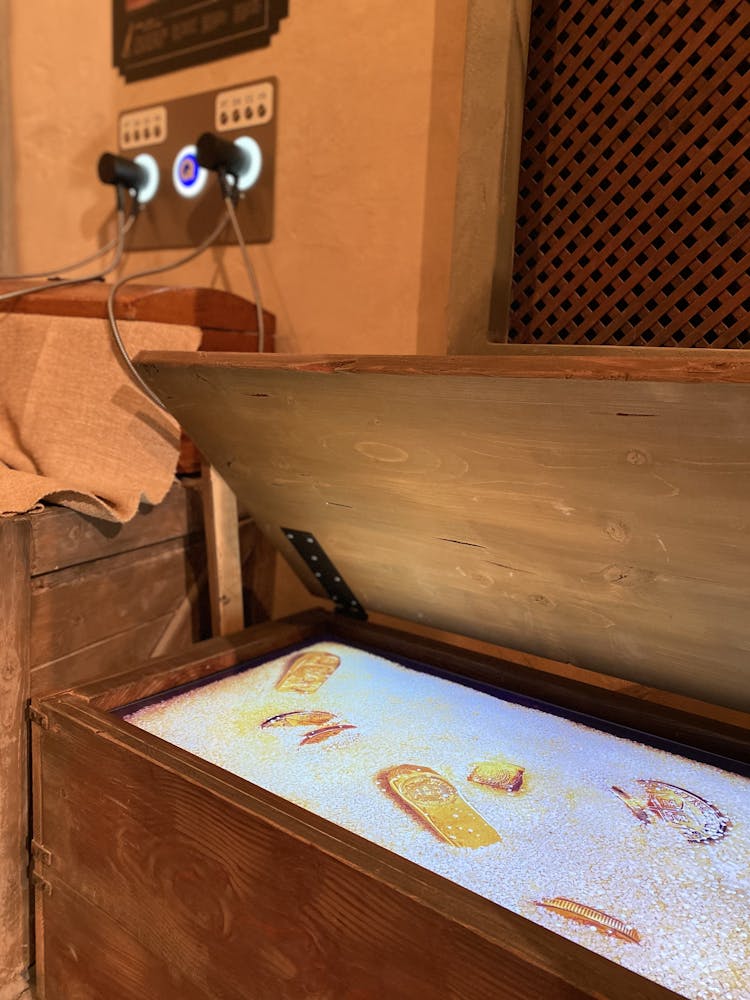
Richness of the city and gold smuggling
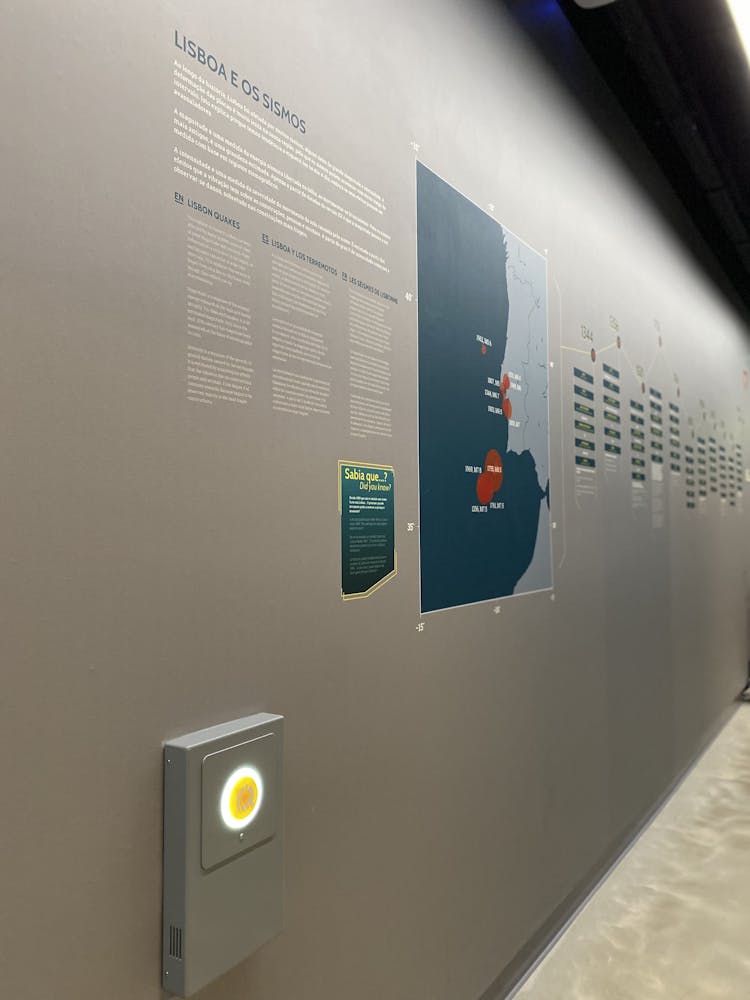
Portugal Tectonics and Lisbon Quakes

How the fires started and propagated
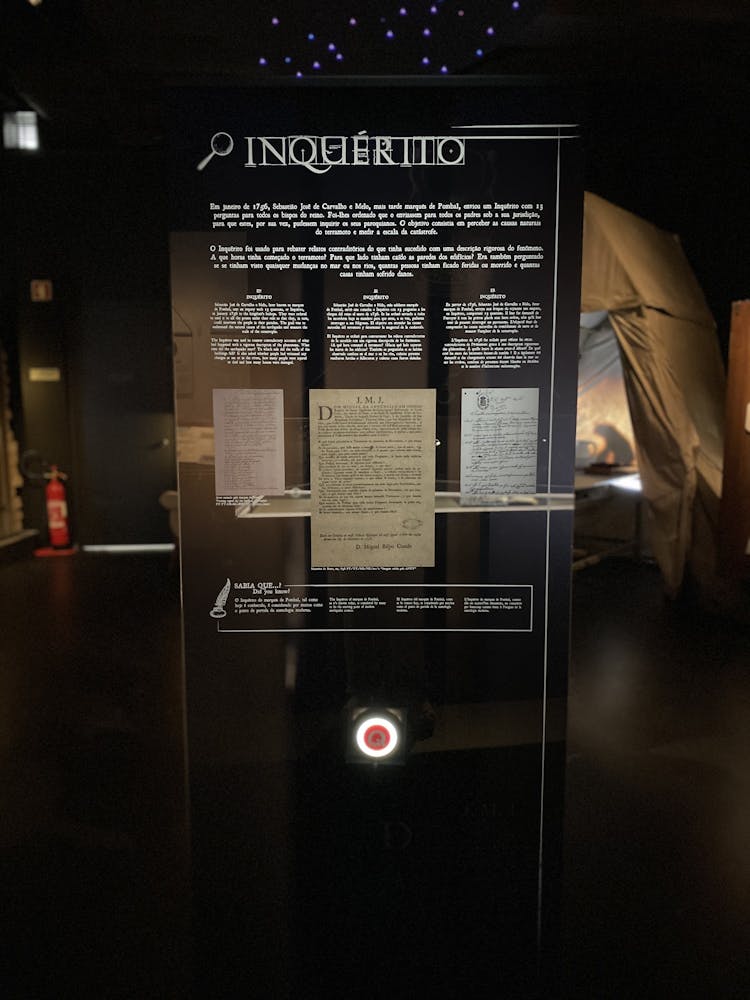
Inquérito
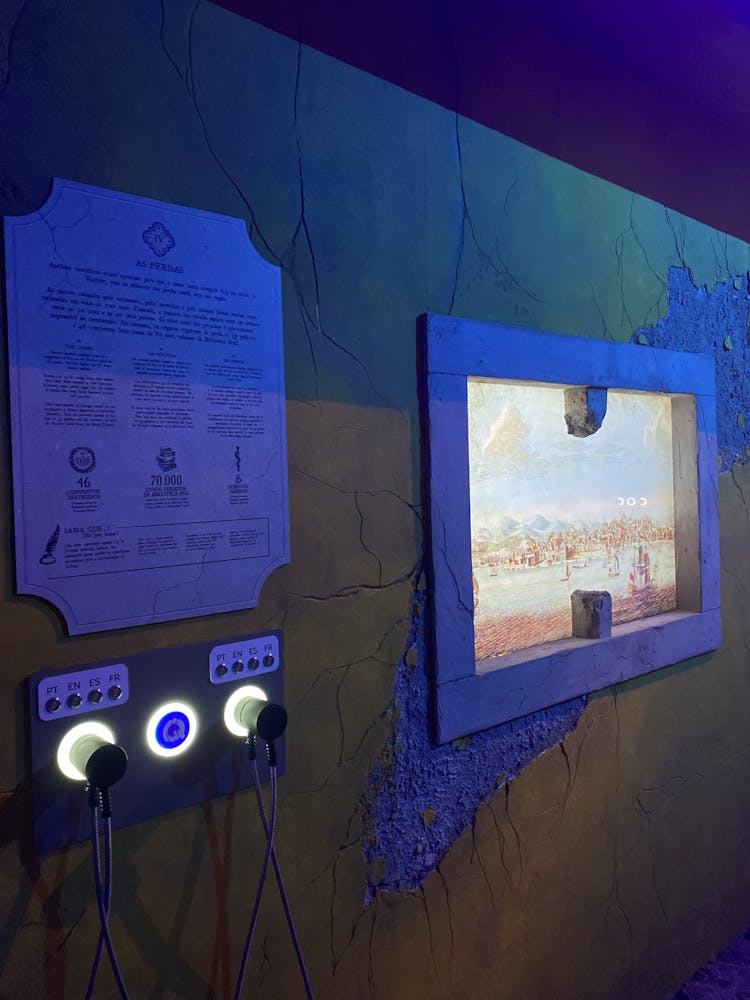
The losses
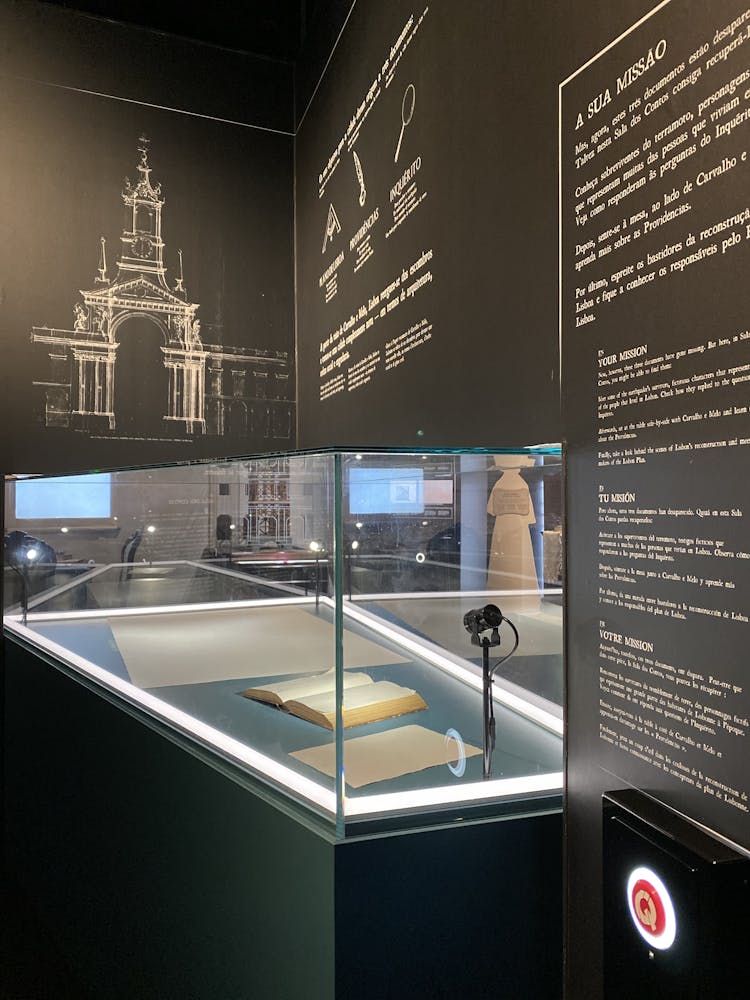
The three missing documents
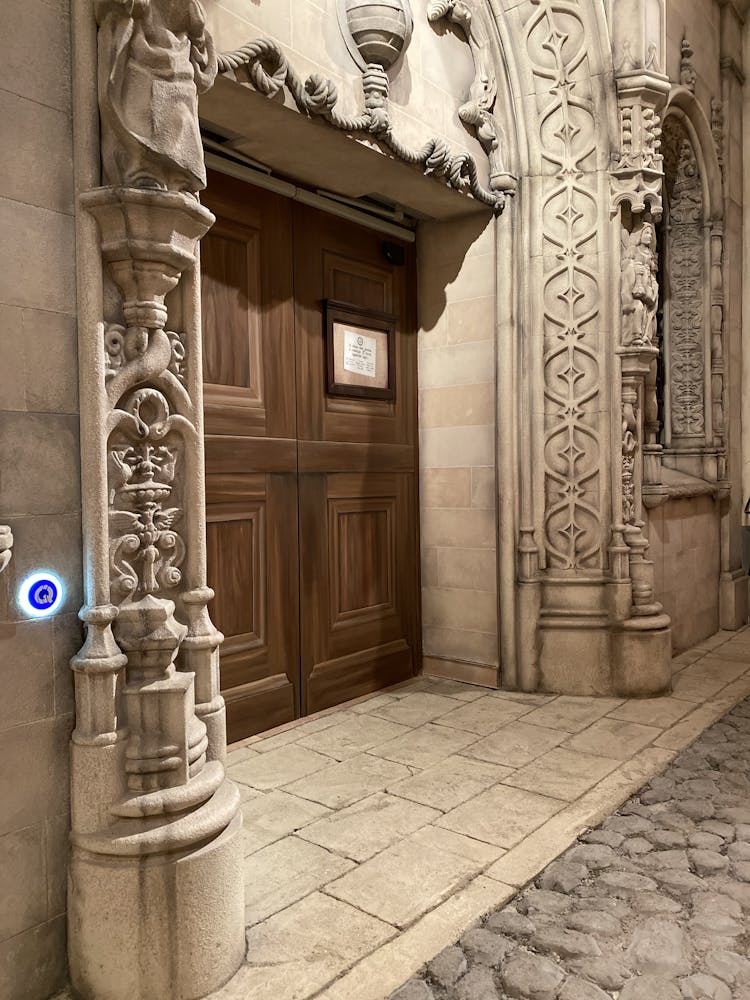
Traditional Rite Masses
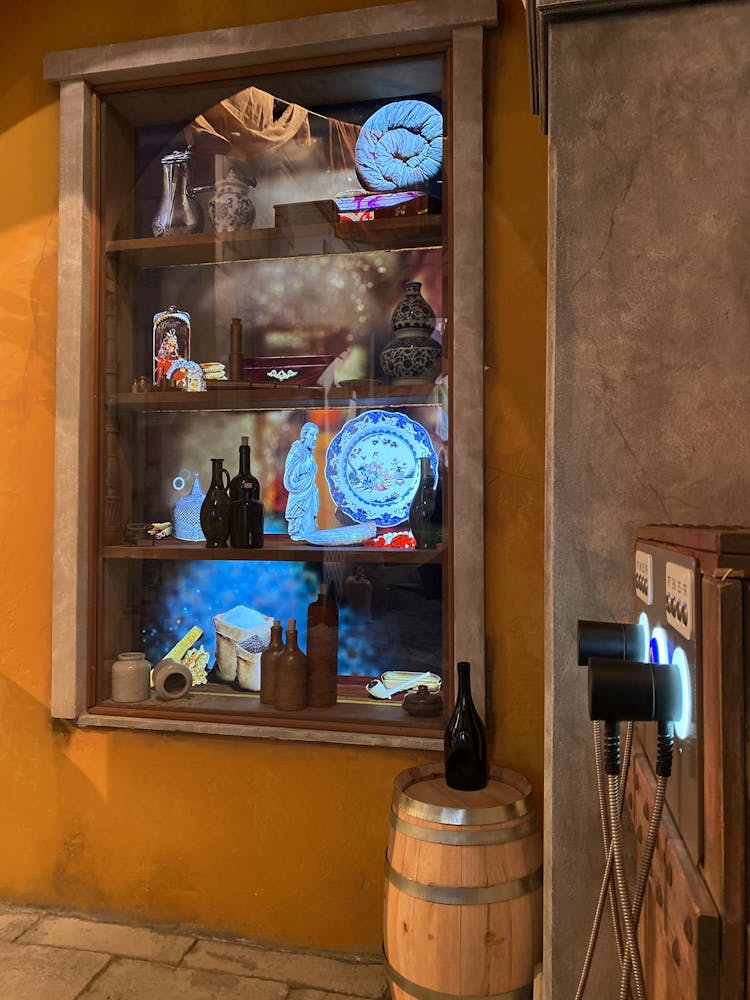
The connection with the colonized territories
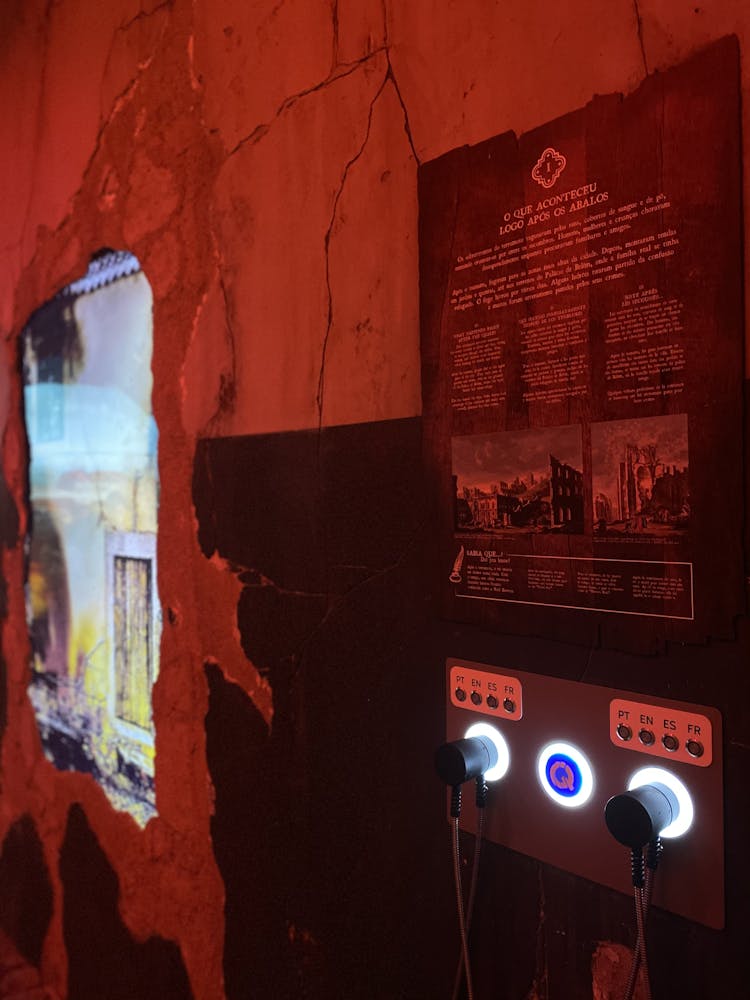
What happened right after the quakes
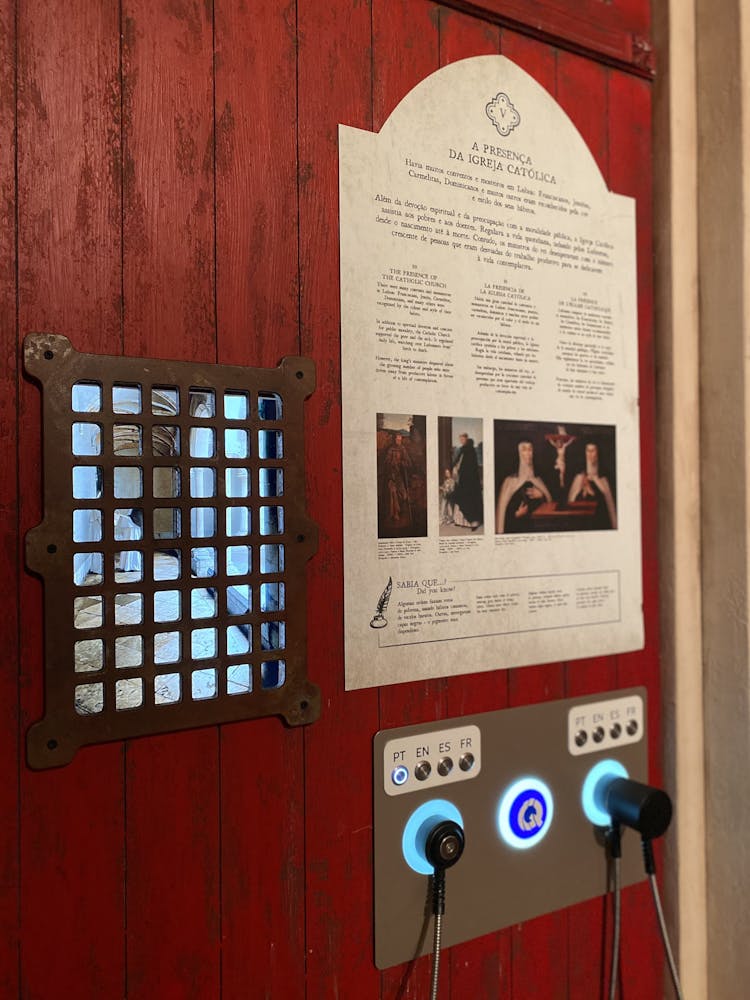
Presence of the Catholic Church

Related Effects

The King's Ministers
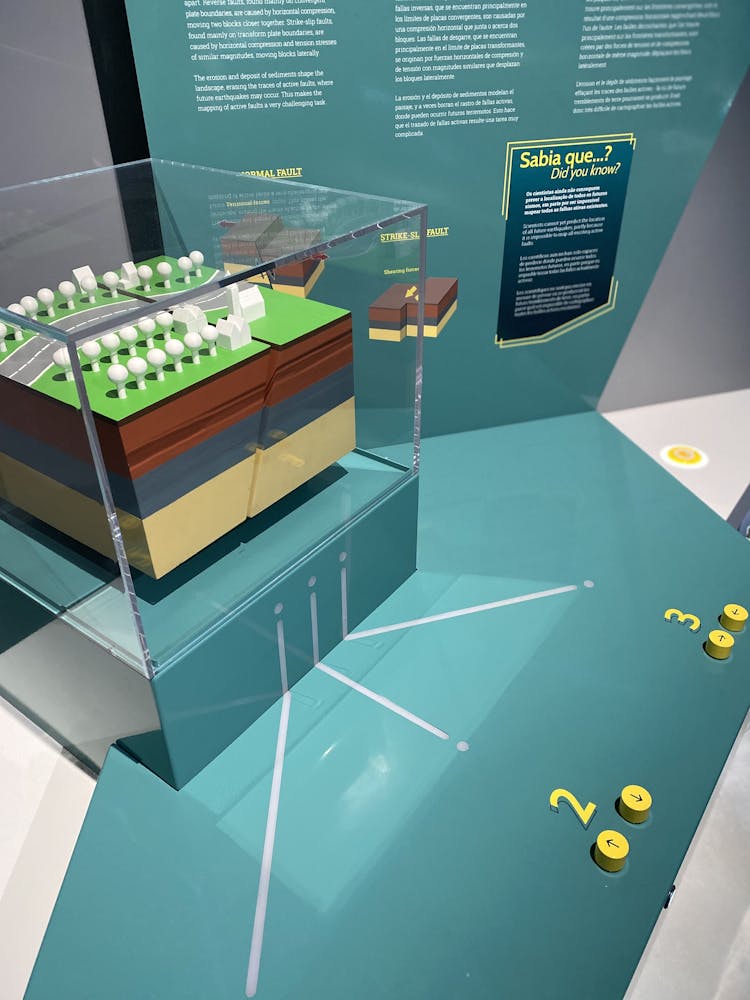
Earthquakes and Faults
